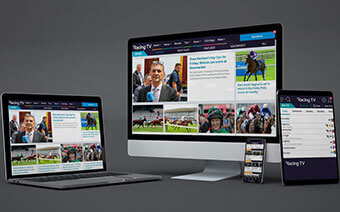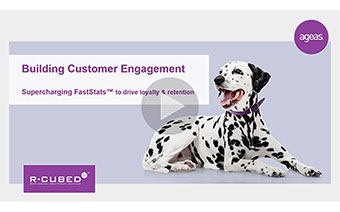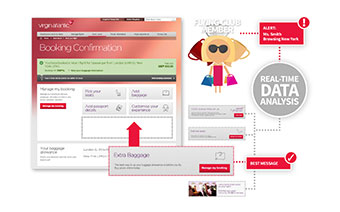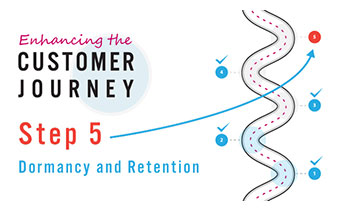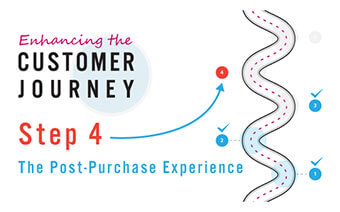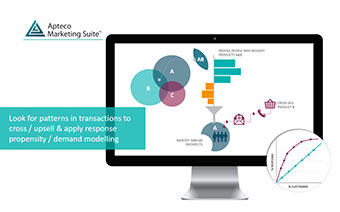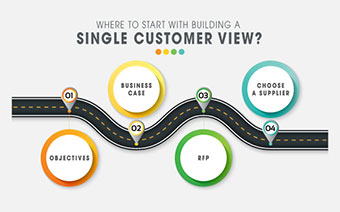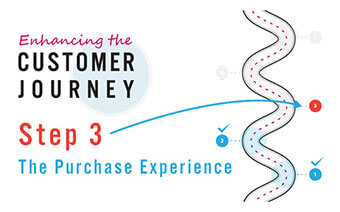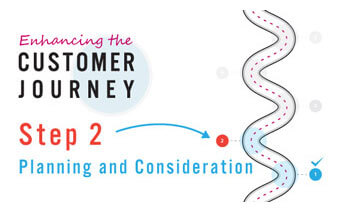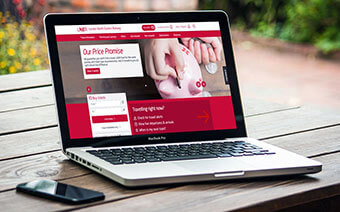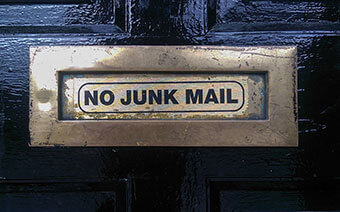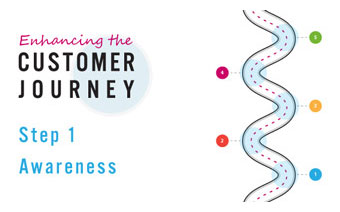Given that we’re in the business of improving our clients’ marketing performance, it’s essential to know how their current marketing campaigns are performing.
We tend to get a range of answers –
“Good. We get a 10% response rate on average.”
“Well they must be doing ok, because sales always go up whenever we run a campaign.”
Or sometimes –
“We don’t know.”
None of these answers really demonstrate any effective analysis of the results. Knowing your response rates is a good start, but unless you’re measuring it against a control group, it doesn’t really tell you anything.
Control groups are essential if you’re going to accurately measure the performance of any activity. Unless you can robustly prove the effectiveness of your marketing, you won’t be using your budget effectively.
What’s more, it gives you concrete evidence that is invaluable if budget cuts are being made within your business.
What’s a control group?
A control is a group of customers who you DON’T send your marketing campaign to, so that you can measure the impact. If the campaign population spends £70 each, while the control group members spend £50, then you can reasonably assume that the marketing has caused a £20 increase in spend.
Let’s look at the golden rules.
1. The control group must reflect the campaign population
Make sure that the control group is a true reflection of the people you’re sending your campaign to. This means the groups need to be similar in their demographics, their behaviour, in the value to the business and so on.
This means if you have 10 segments in a campaign, you’ll need ten different control groups if you want to understand how each customer group is performing.
2. Isolate the campaign or test
The control group needs to be exposed to the same background marketing stimuli, so that you can identify the impact of a specific campaign. So if you’re looking to measure the impact of an email campaign, you need to ensure that both populations are also receiving any other communications – direct mail or SMS campaigns, for example – in equal proportions.
It’s key to test just ONE thing at a time. This means that you can be confident that any uplift in sales is due to the email.
3. Refresh your control groups
Remember to refresh your control groups for each campaign. If you keep the same population, you’ll no longer be measuring the impact of a single campaign, but of cumulative campaigns.
You may actually want to do this, if you’re looking to measure the effect of a series of campaigns, but if not, make sure you select a fresh control each time.
4. Make sure your control group is large enough
If your control group is too small, then your results aren’t going to be reliable. Equally, a control group which is larger than it needs to be, means you’re missing out on additional sales.
If you’d like help with calculating the optimum size of your control group, why not try our handy tool. It’ll help you work out how large your control groups need to be to get accurate results.
5. Consider taking a long term control group
You’ll normally use control groups to measure the effectiveness of individual campaigns, but you may want to consider taking a long term control group, that you exclude from all marketing activity.
This is a great way of proving the cumulative effective of your activity over a long period.
6. Control groups are necessary on the online world too
Control groups aren’t confined to direct marketing. If different customers are receiving different messages, home pages or prices online, a control group will tell you if the personalisation gave you the sales or engagement uplift you expected.
Make sure that the online tools that you are using give you the ability to create control groups and the flexibility to define these groups at an individual level, so that personalisation can be tested just for different types of customers.
Don’t neglect your control groups…
So make sure you’re not neglecting your control groups. With them, you’ll know exactly how your marketing is performing and how best to use your budget.
And you’ll also be able to relax when the CEO comes round looking for budget sacrifices. Just point him in the direction of the PR team instead…










